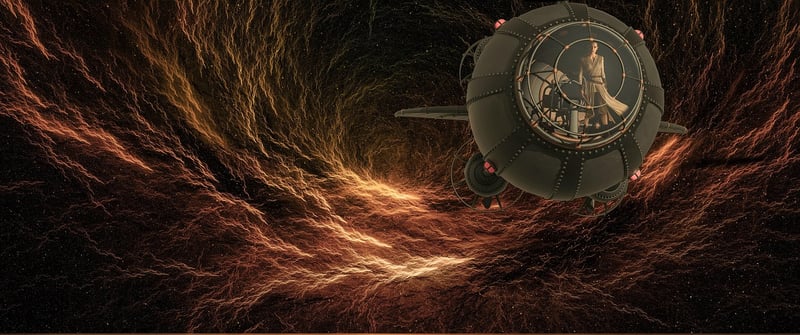Wormholes
The Science Behind Time Travel and Wormholes
Time travel has long been a fascinating concept in science fiction, but is it really possible according to the laws of physics? Let's explore the intriguing connection between time travel and wormholes.
Time Travel
According to Einstein's theory of relativity, time is intertwined with space in a four-dimensional continuum known as spacetime. This theory suggests that time is not a constant and can be influenced by gravity and speed.
One of the most discussed methods of time travel is through the concept of time dilation. Time dilation occurs when an object moves at speeds approaching the speed of light, causing time to pass differently for the moving object compared to a stationary observer. This phenomenon is a key element in understanding the potential for time travel.
Wormholes
Wormholes, also known as Einstein-Rosen bridges, are theoretical passages through spacetime that could create shortcuts for long journeys across the universe. These wormholes are like tunnels with two ends, each in separate points in spacetime.
While wormholes are a fascinating concept, their existence is purely theoretical at this point. The immense gravitational forces required to keep a wormhole stable would necessitate exotic matter with negative energy density, a substance that has yet to be discovered or proven to exist.
Conclusion
While the science behind time travel and wormholes is complex and largely theoretical, it continues to captivate the imagination of scientists and science fiction enthusiasts alike. The quest to unravel the mysteries of spacetime and explore the possibilities of traversing through time remains a compelling area of research in the field of theoretical physics.

For more information on the fascinating world of theoretical physics and time travel, check out Space.com's article on Time Travel.
